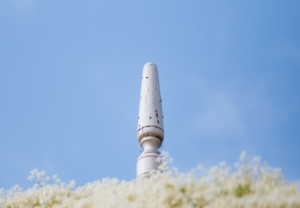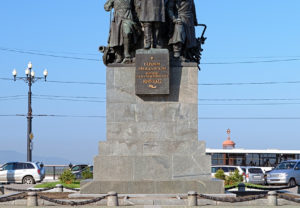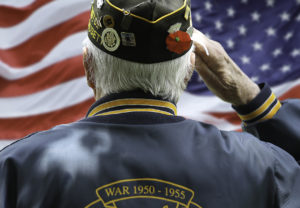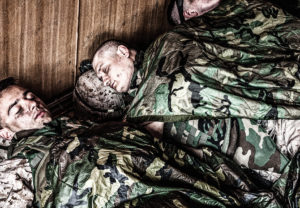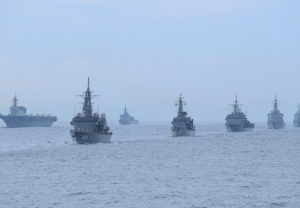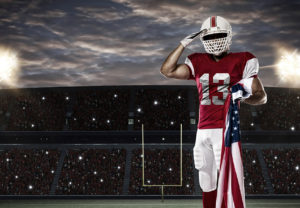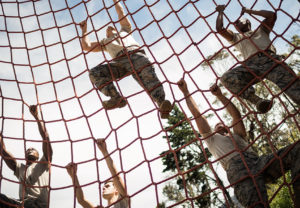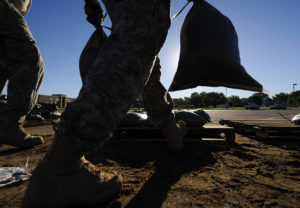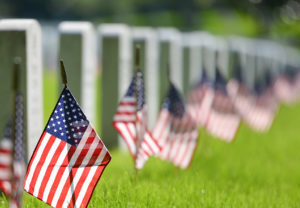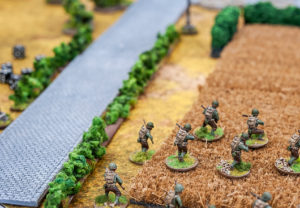Remember Desert Storm? The early 1990s. Stormin’ Norman Schwarzkopf. Saddam Hussein.
Also: American fighter pilots performing superhuman maneuvers on missions while the Iraqi military assaults them with surface-to-air missile after surface-to-air missile.
United States Air Force Major ET Tullia (call sign: Stroke 3) was one of those crafty, elite pilots, at the helm of an F-16.
His story and how he dodged six enemy missiles while trying to attack a rocket production facility a few notches above Baghdad reads like fiction. But it’s not. It’s true, and holy hell could Tullia fly a fighter.
Heres’ how it went down, via We Are The Mighty and Lucky-Devils:
As the flight approached the Baghdad IP, AAA [Anti-Aircraft Artillery] began firing at tremendous rates. Most of the AAA was at 10-12,000ft (3,658m), but there were some very heavy, large calibre explosions up to 27,000ft (8,230m).
Low altitude AAA became so thick it appeared to be an undercast. At this time, the 388th TFW F-16’s were hitting the Nuclear Research Centre outside of the city, and the Weasels had fired off all their HARMs in support of initial parts of the strike and warnings to the 614th F-16’s going further into downtown went unheard.
Meanwhile, ET became separated from the rest of the package because of his missile defensive break turns. As he defeats the missiles coming off the target, additional missiles are fired, this time, from either side of the rear quadrants of his aircraft.
Training for SAM launches up to this point had been more or less book learning, recommending a pull to an orthogonal flight path 4 seconds prior to missile impact to overshoot the missile and create sufficient miss distance to negate the effects of the detonating warhead. Well, it works. The hard part though, is to see the missile early enough to make all the mental calculations.
And this is video of Tullia’s heads-up display on that death-defying day:


